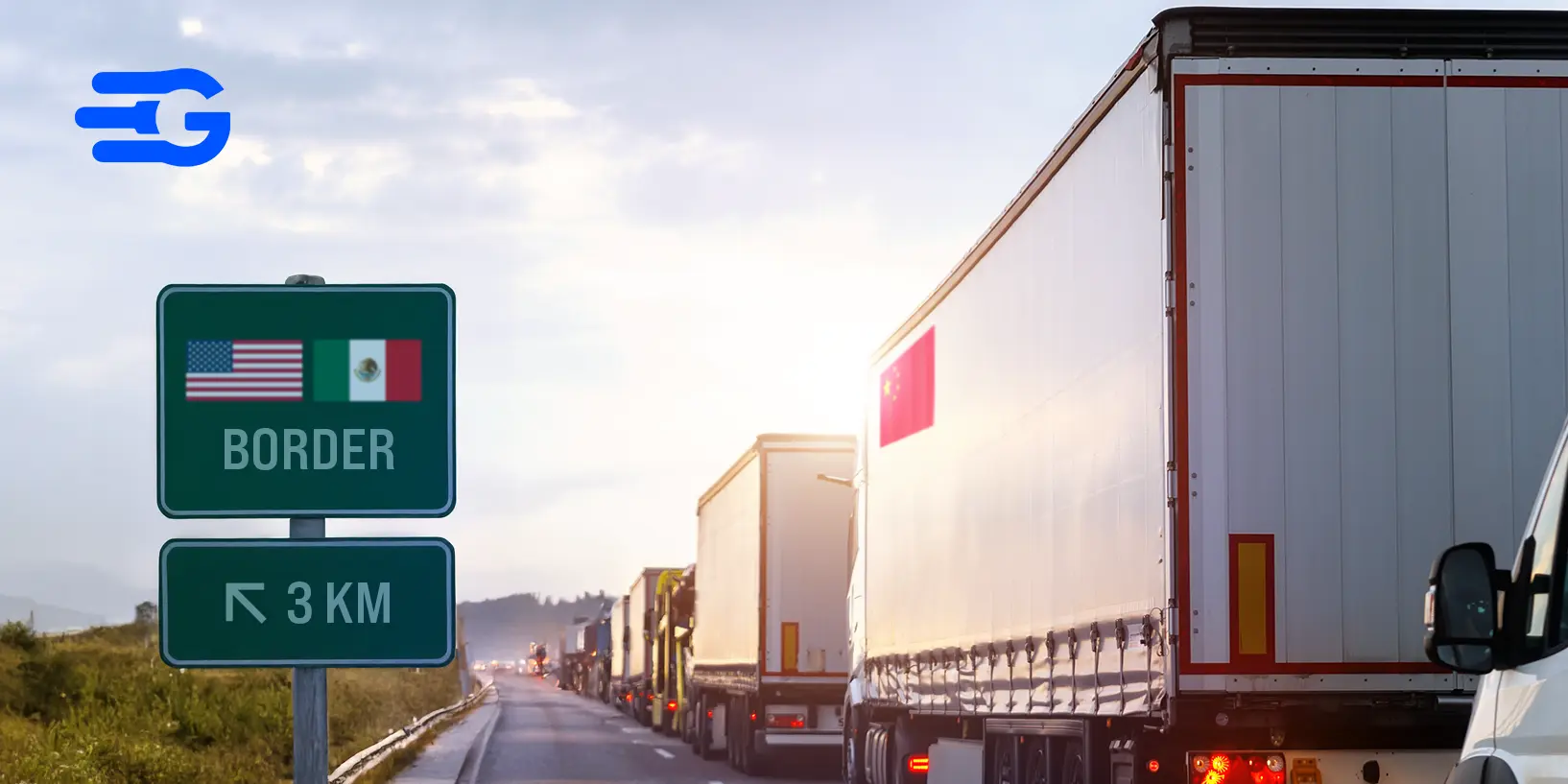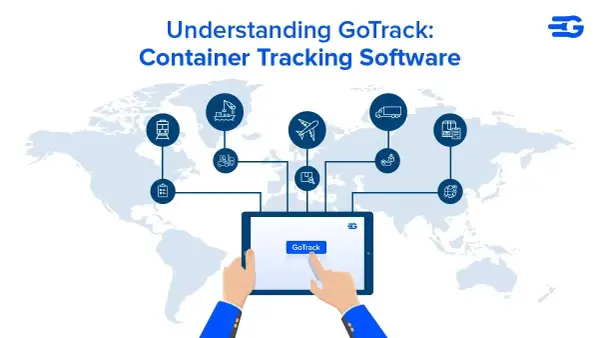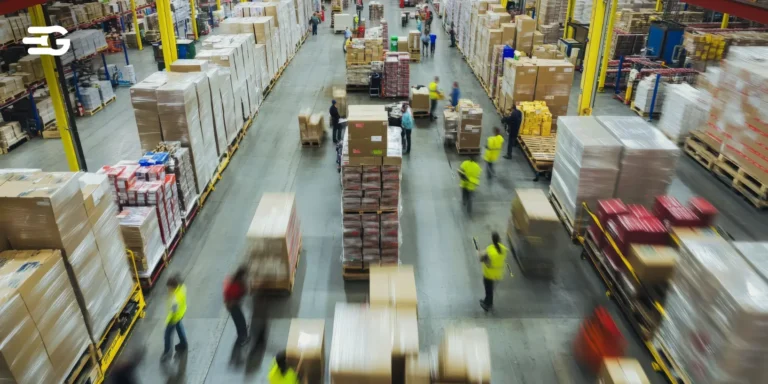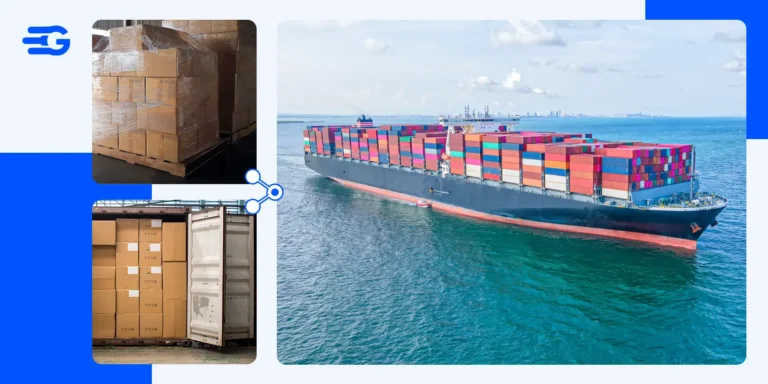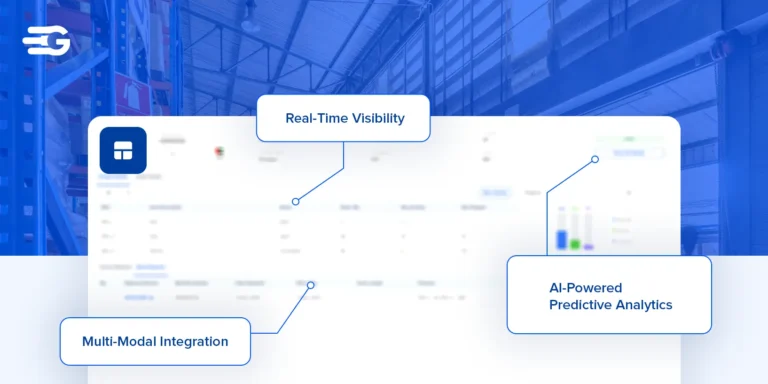Cross-Border Freight Tracking: Challenges and Emerging Solutions
Cross-border freight tracking plays a pivotal role in global trade, ensuring the smooth and efficient movement of goods across international borders. As businesses expand their operations globally, the ability to maintain visibility and control over shipments becomes critical.
However, this process is fraught with numerous challenges, ranging from regulatory compliance to technological limitations. This blog will delve into the key challenges in cross-border freight tracking and explore emerging solutions that address these complexities, ensuring better efficiency and transparency in the supply chain.
Challenges in Cross-Border Freight Tracking
1. Regulatory Compliance
One of the most significant hurdles in cross-border freight tracking is navigating the intricate web of regulations enforced by different countries. Each nation has its own set of rules governing the import and export of goods, including safety standards, labeling requirements, and restrictions on certain commodities.
For example, the U.S., Canada, and Mexico, despite being geographically close, have distinct customs regulations. Failing to comply with these requirements can result in shipment delays, hefty fines, or even confiscation of goods. Staying updated with these ever-changing regulations demands substantial resources, making it a major challenge for businesses engaged in international trade.
2. Documentation Accuracy
Accurate documentation is a cornerstone of successful cross-border shipping. Essential documents such as commercial invoices, bills of lading, certificates of origin, and customs declarations must be meticulously prepared. Errors, omissions, or inconsistencies in these documents can lead to costly delays or disputes at customs checkpoints.
A simple mistake in declaring the value of goods can trigger additional scrutiny, delaying the shipment and potentially leading to fines. Ensuring the accuracy and completeness of documentation is a time-intensive task that requires careful attention to detail.
3. Logistical Complexities
Cross-border freight movements often involve coordinating multiple transportation modes, schedules, and carriers. This complexity is further compounded by differences in infrastructure quality, transportation regulations, and operational practices across countries. Additionally, language barriers and cultural differences can hinder effective communication between stakeholders.
For example, a shipment traveling from Asia to Europe may involve sea, rail, and road transport, each with its own set of challenges and requirements. Coordinating these different modes of transport seamlessly is a daunting task that requires sophisticated logistics planning.
4. Limited Shipment Visibility
Maintaining real-time visibility of shipments is crucial for proactive decision-making. However, tracking goods across borders is challenging due to the lack of integration between different tracking systems and technological disparities among carriers. This lack of transparency makes it difficult to anticipate and address issues such as delays, route deviations, or potential damage to goods.
A shipment may pass through multiple countries, each using different tracking technologies and standards. The inability to consolidate this data into a unified view hampers supply chain efficiency and customer satisfaction.
5. Border Delays and Security Concerns
Border crossings are often bottlenecks in the supply chain, with inspections, customs clearance, and security checks causing significant delays. Factors such as inadequate staffing, inefficient processes, or heightened security concerns can exacerbate these delays, disrupting delivery schedules and increasing costs.
Additionally, theft and tampering remain persistent threats in cross-border freight, particularly for high-value goods. Ensuring the security of shipments while maintaining efficiency is a delicate balancing act for logistics providers.
Emerging Solutions to Overcome Challenges
1. Advanced Tracking Technologies
The adoption of advanced technologies such as GPS, RFID, and IoT devices is revolutionizing cross-border freight tracking. These technologies enable real-time monitoring of shipment locations, environmental conditions, and transit times. Predictive analytics powered by these tools can help identify potential disruptions and suggest alternative solutions proactively.
IoT sensors can monitor temperature and humidity levels for perishable goods, ensuring they remain within safe thresholds throughout the journey. GPS tracking allows businesses to pinpoint the exact location of their shipments, enhancing transparency and enabling more accurate delivery forecasts.
2. Digital Documentation Platforms
Digital platforms for managing shipping documentation are streamlining the preparation, submission, and verification of essential paperwork. By digitizing these processes, businesses can reduce the risk of errors, accelerate customs clearance, and ensure compliance with varying international regulations.
Blockchain-based solutions offer a secure and tamper-proof way to store and share shipping documents. These platforms enhance trust among stakeholders and facilitate smoother cross-border transactions by providing a single source of truth for all parties involved.
3. Integrated Logistics Management Systems
Comprehensive logistics management systems (LMS) are enabling businesses to coordinate various aspects of cross-border transportation more effectively. These systems offer features such as route optimization, carrier selection, and real-time tracking, ensuring seamless coordination across the supply chain.
For example, an LMS can automatically select the most efficient routes and carriers based on factors such as cost, transit time, and reliability. This reduces operational complexity and enhances overall supply chain efficiency.
4. Collaborative Partnerships
Establishing strong partnerships with experienced logistics providers and customs brokers can help businesses navigate the complexities of cross-border shipping. These partners bring valuable expertise in areas such as regulatory compliance, documentation, and local market knowledge.
Working with a customs broker familiar with the regulations of a specific country can expedite the clearance process and minimize the risk of errors. Collaborative partnerships also foster better communication and coordination among stakeholders, reducing the likelihood of disruptions.
5. Artificial Intelligence and Machine Learning
AI and machine learning are playing an increasingly significant role in cross-border freight tracking. These technologies can analyze vast amounts of data to identify patterns, optimize routes, and predict potential disruptions. AI-powered chatbots can also enhance customer service by providing instant updates on shipment status and addressing common queries.
Machine learning algorithms can analyze historical data to predict the likelihood of delays at specific border crossings, enabling businesses to plan more effectively.
6. Enhanced Security Measures
To address security concerns, logistics providers are implementing measures such as tamper-evident packaging, advanced surveillance systems, and blockchain-based tracking solutions. These measures enhance the security of shipments and build trust among customers.
For instance, blockchain technology can create an immutable record of a shipment’s journey, providing stakeholders with complete visibility and ensuring accountability.
How GoComet is Revolutionizing Cross-Border Freight Tracking
GoComet is at the forefront of addressing cross-border freight tracking challenges through its innovative solutions. By leveraging cutting-edge technology and industry expertise, GoComet provides businesses with comprehensive tools to streamline and optimize their supply chains. Here are some key services offered by GoComet:
Automating Documentation with a Common Reservoir
Managing cross-border shipping documentation can be a daunting task, but GoComet simplifies it. We automate the generation, submission, and verification of critical documents such as commercial invoices, certificates of origin, and customs declarations. By providing a centralized document reservoir, GoShipment ensures that all stakeholders have access to accurate and up-to-date information, reducing the risk of errors and delays. This automation speeds up customs clearance and enhances overall operational efficiency.
Comprehensive Shipment Visibility
GoComet’s GoTrack feature provides real-time shipment visibility, allowing businesses to monitor the exact location and status of their goods throughout the supply chain. Equipped with GPS and IoT technologies, GoTrack delivers instant updates on delays, route changes, or environmental fluctuations that could impact the shipment. This level of visibility empowers businesses to take proactive measures, ensuring timely deliveries and building trust with our customers.
Freight Rate Optimization
One of GoComet’s standout features is its ability to optimize freight rates. By analyzing both historical and real-time market data, the platform helps businesses secure the most cost-effective transportation options. This not only reduces expenses but also enhances supply chain resilience by offering better planning capabilities.
Predictive Analytics and AI Insights
GoComet leverages predictive analytics and AI to anticipate potential disruptions in the supply chain. Whether it’s forecasting delays at specific border crossings or recommending alternative routes, the platform provides actionable insights that help businesses make informed decisions. These capabilities ensure smoother operations and minimize risks.
Collaboration and Communication Tools
The platform fosters seamless communication among all stakeholders, from carriers to customs brokers. Its centralized dashboard provides a unified view of the supply chain, ensuring that everyone stays aligned. This collaborative approach reduces misunderstandings, enhances coordination, and improves overall efficiency.
Enhanced Security Features
GoComet integrates blockchain technology to ensure the integrity of shipments. By creating an immutable record of the entire shipment journey, the platform enhances transparency and accountability. This, coupled with advanced tracking technologies, ensures that goods remain secure from origin to destination.
Cross-border freight tracking is a complex yet essential aspect of global trade. While challenges such as regulatory compliance, documentation accuracy, logistical complexities, and limited visibility persist, emerging solutions are paving the way for more efficient and transparent supply chains. By leveraging advanced technologies, digital platforms, integrated systems, and collaborative partnerships, businesses can overcome these obstacles and thrive in the global marketplace.
GoComet’s innovative solutions are revolutionizing cross-border freight tracking, offering businesses the tools they need to enhance efficiency, reduce costs, and maintain complete visibility. By adopting GoComet’s services and other emerging technologies, companies can ensure seamless and secure international shipments, meeting the demands of a rapidly evolving global trade landscape.
